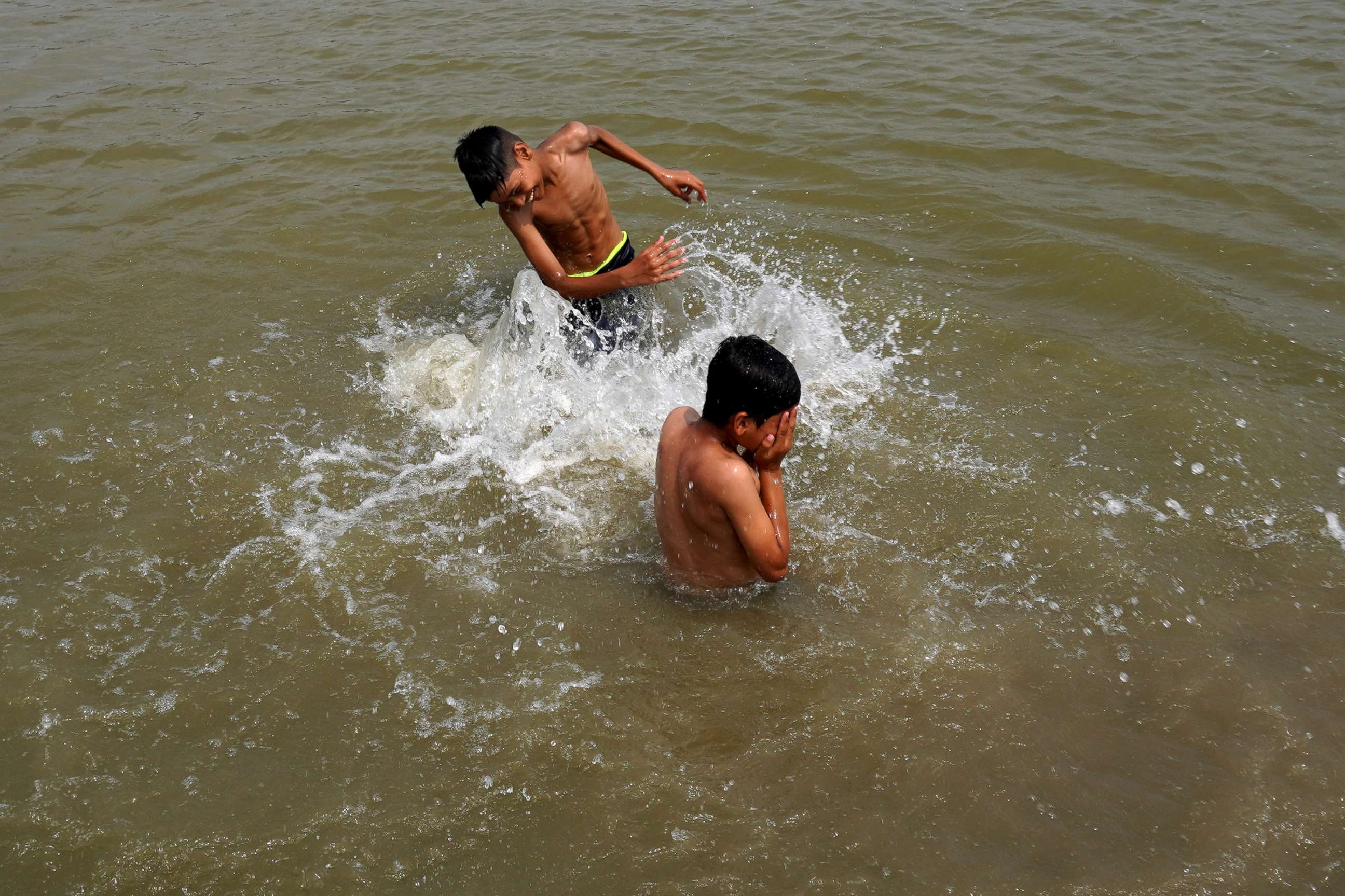Frequent heat waves expected, even if climate goals are met: Report
Tropical areas will be affected the most due to their location, experts say
Despite efforts by major Western nations to combat climate change, the frequency of heat waves is expected to increase, according to a study released Thursday.
By 2100, over a billion people living in tropical and subtropical regions will annually experience temperatures that exceed dangerous heat index levels, the metric that measures heat exposure in human beings, according to the report in the Communications Earth & Environment journal.
The study found that people living in sub-Saharan Africa, India and the Arabian Peninsula will be exposed to dangerous heat index levels for most days of the year.
According to the National Weather Service, anything between 103 degrees and 124 degrees Fahrenheit is considered part of the dangerous heat index, while indexes 125 degrees Fahrenheit or higher are considered extremely dangerous.
Extreme heat can cause health issues, from fatigue to life-threatening problems such as heat strokes.

The Paris Climate Agreement, the U.N.-sponsored accord to help slow the effects of climate change, has a goal to stop the global temperature from reaching 2 degrees Celsius above pre-industrial levels, with a goal of 1.5 degrees Celsius above pre-industrial levels. Even if the goal is met, it's still not enough to prevent areas of the tropics and subtropics from experiencing dangerous heat levels, according to the report.
"The climate science community, for quite a while, has understood that the Paris agreement's goal is going to be very difficult to achieve based on the warming that's already [happened]," Lucas Zeppetello, Ph.D., an earth science fellow at Harvard University and one of the authors of the study, told ABC News.
If countries manage to meet the goal, crossing the dangerous heat index threshold will be up to 10 times more common by 2100 in the U.S., Western Europe, China and Japan, while it could double in the tropics, resulting in more than one billion of people experiencing up to 124-degree temperatures by 2100, according to the study.

Tropical and sub-tropical areas will be affected the most due to their location, Zeppetello said.
Zeppetello doesn't think humanity is past the point of no return, as measures can be taken to address the problem, but warned that things would get worse without action.
"The difference between the fifth percentile, which is a world where we get climate emissions under control, is just vastly different from a world in which we don't do that," he said.
According to the report, there's a 0.1% chance of limiting the global average temperature to 1.5 degrees Celsius above pre-industrial levels by the end of the century, with the mean temperature headed toward 2 degrees Celsius by 2050.
"It's extremely frightening to think what would happen if 30 to 40 days a year were exceeding the extremely dangerous threshold," Zeppetello said in a statement. "These are frightening scenarios that we still have the capacity to prevent. This study shows you the abyss, but it also shows you that we have some agency to prevent these scenarios from happening."




